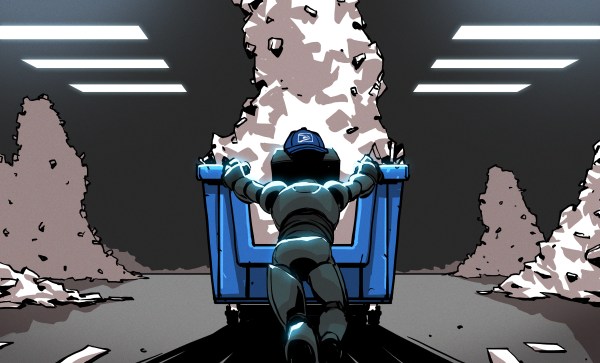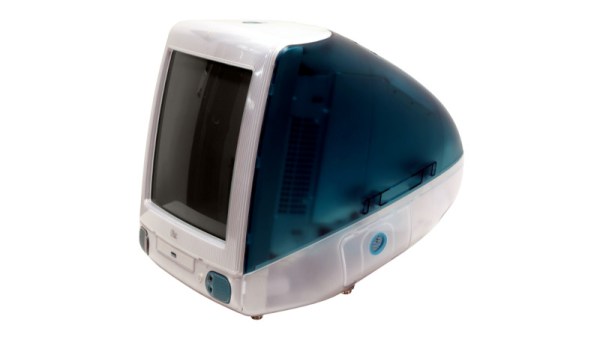When we last left the post office, I told you all about various kinds of machinery the USPS uses to move mail around. Today I’m going to tell you about the time they thought they could automate nearly every function inside the standard post office — and no, it wasn’t anytime recently.
By 1953, the post office badly needed modernization. When Postmaster General Arthur Summerfield was appointed that year, he found the system essentially in shambles. Throughout the 1930s and 40s, the USPS had done absolutely no spending beyond the necessary, with little to no investment in the future. But Summerfield was an ideas man, and he had the notion to build a totally automated post office. One of them would be located in Providence, Rhode Island and be known as Project Turnkey — as in a turnkey operation. The other would be located in Oakland, California, and serve as a gateway to the Pacific.
Continue reading “You’ve Got Mail: Automatic For The People”


















